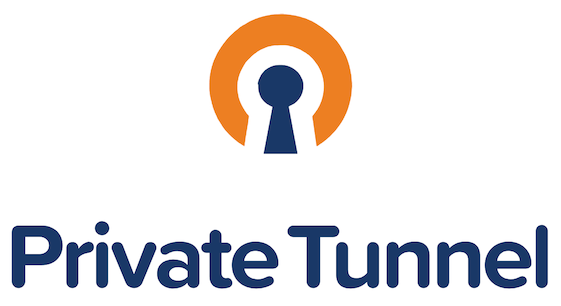HLF Cable: A High-Performance Solution for RF Applications
HLF cables play a crucial role in RF communication systems, ensuring efficient signal transmission with minimal loss

HLF cables play a crucial role in RF communication systems, ensuring efficient signal transmission with minimal loss. These high-performance coaxial cables are widely used in telecommunications, broadcasting, and wireless networking. Selecting the right cable is essential for achieving optimal performance in RF applications.
Understanding HLF Cable and Its Importance
HLF cable is a low-loss, high-frequency coaxial cable designed for RF transmission. It features a high-quality conductor, dielectric insulation, and durable shielding, ensuring minimal signal attenuation. Compared to standard coaxial cables, HLF cables offer superior performance, making them ideal for long-distance and high-power applications.
HLF cables are widely used in cellular networks, radar systems, and satellite communications. Their ability to maintain signal integrity over extended distances makes them a preferred choice for professionals working with RF systems.
Features and Benefits of HLF 400 Cable
HLF 400 cable is a popular variant known for its excellent signal transmission properties. Its low-loss characteristics make it suitable for high-frequency applications. The cable consists of a solid copper conductor, a foam dielectric, and a double-shielded aluminum foil with a braided outer conductor. These components work together to minimize signal loss and protect against external interference.
Key benefits of HLF 400 cable include:
- Low attenuation: Ensures minimal signal loss over long distances.
- High shielding efficiency: Reduces electromagnetic interference.
- Durability: Resistant to weather conditions and mechanical stress.
- Flexibility: Easy to install and route in complex environments.
HLF 400 cable is commonly used in base station installations, WLAN systems, and microwave communications, where maintaining signal quality is crucial.
Applications of HLF Cable in RF Systems
HLF cables are widely utilized across various industries due to their superior performance. Some common applications include:
Telecommunications
HLF cables connect antennas to transmitters and receivers in cellular networks. Their low-loss characteristics ensure reliable signal transmission, improving network efficiency and coverage.
Broadcasting
Television and radio stations use HLF cables for transmitting audio and video signals. The cables' high shielding efficiency prevents signal interference, maintaining clear transmission quality.
Military and Aerospace
In defense applications, HLF cables are used in radar systems, communication networks, and avionics. Their ability to withstand extreme conditions makes them suitable for military operations.
Satellite Communication
HLF cables support ground station connectivity in satellite communication networks. Their low attenuation ensures accurate data transmission between earth stations and satellites.
Choosing the Right HLF Cable Manufacturer
Selecting a reputable HLF cable manufacturer is essential for ensuring product quality and performance. When choosing a manufacturer, consider the following factors:
- Material quality: High-grade copper conductors and durable insulation materials enhance cable longevity.
- Testing standards: Reliable manufacturers conduct rigorous testing to meet industry specifications.
- Customization options: Some manufacturers offer tailored solutions to meet specific application requirements.
- Global certifications: Compliance with international standards ensures reliability and performance.
HLF cables provide an excellent solution for RF applications requiring high efficiency and low signal loss. Investing in high-quality cables from reputable manufacturers ensures long-term performance and reliability in demanding environments.
What's Your Reaction?























